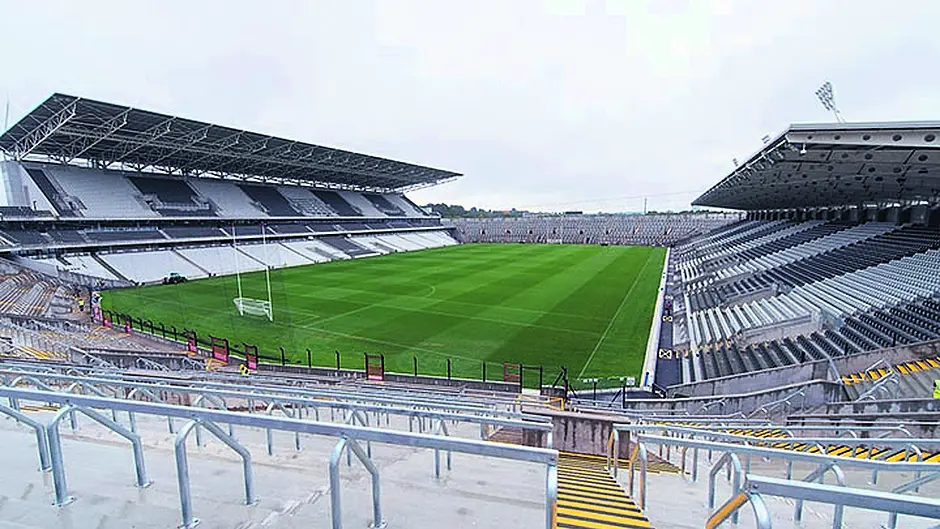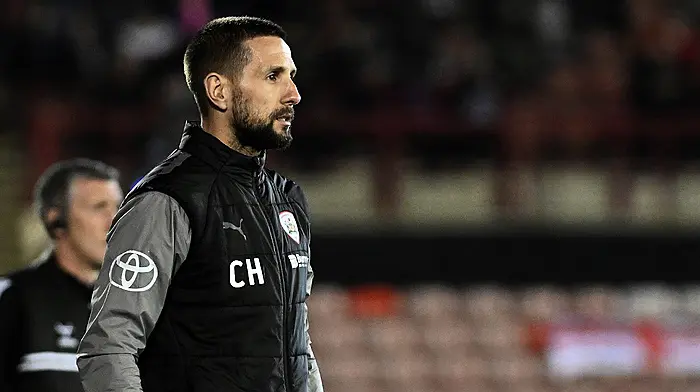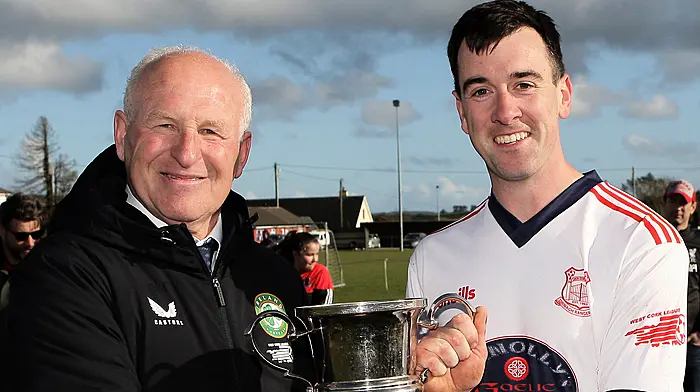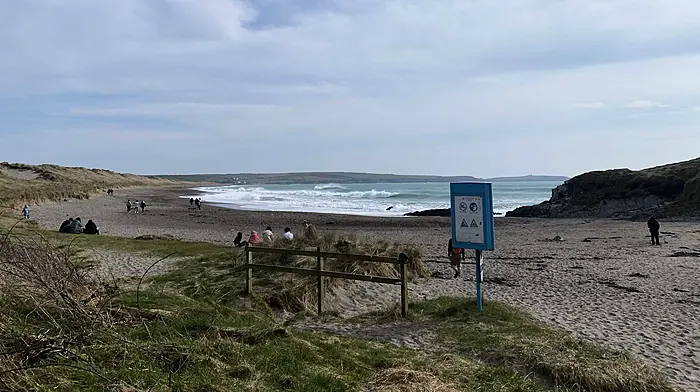IF one were to have a cynical nature, you might think that the revelations regarding the costs of Páirc Uí Chaoimh were timed so as to shadow Frank Murphy's swansong as Cork County Board secretary.
IF one were to have a cynical nature, you might think that the revelations regarding the costs of Páirc Uí Chaoimh were timed so as to shadow Frank Murphy’s swansong as Cork County Board secretary.
Peter McKenna’s interview with Michael Moynihan in the Irish Examiner certainly won’t have been enjoyable reading for county board figureheads just a day out from convention, when delegates had the chance to take the power-brokers to task.
Given that Murphy was so central to the rebuilding of the stadium – his tenure was extended specifically to allow him to focus fully on the project – McKenna’s words seemed pointed, even if no blame was being ascribed.
‘Building projects are notorious for overruns but projects can be brought in on time and on budget,’ he said.
‘It’s about having good people and good controls.’
As it happened, there was no knockout blow from the floor on Saturday night and Cork chairperson Tracey Kennedy disputed the €110m figure cited by McKenna, but that doesn’t change the fact that the newly assembled board of directors of the stadium have quite the task ahead of them, beginning with the appointment of a stadium manager. Former Cork chairman Bob Ryan was operations manager, but he left that role during the year.
Also among McKenna’s quotes was the following, which is quite worrying when said in relation to a stadium which has been in operation for more than a year and a half: ‘We’re working on a business plan, which will take some time.’
It begs the question as to what the plan was since July 2017 – or, realistically, before it, when these things should have been laid out. That the Páirc Uí Chaoimh company was insolvent in the autumn, meaning directors couldn’t be appointed, is jaw-dropping but it’s just another example of things not being as they should be.
The fact that the pitch needs remedial work is also something that must be questioned. Prior to the opening of stadium, we spoke with Stephen Forrest of Turftech, who look after the pitch, about the changes involved given that the south stand is so much larger than it was in the old ground.
‘We’re lucky that the north stand roof doesn’t have an impact until late in the evening for a short period of the time,’ he said.
‘The roof on the south stand is obviously considerably bigger than it used to be and that will have an impact during the winter months. The use of the grow-lighting rigs will be needed to combat that in the winter.’
However, those rigs were not bought or hired and the pitch was left in a poor state after the league double-header, against Tipperary in football and Kilkenny in hurling, last January. We’re assuming that it wasn’t the case that Stephen Forrest – an expert in grass-care, used by Munster Rugby as well as the county board – changed his mind and told them that a grow-lighting rig wouldn’t be needed.
The decision to go without would appear to have been dictated by cost, just like the use of old gym equipment was. However, if cutbacks were made in these areas, where did all of the overruns materialise?
According to McKenna, sorting out the financial situation will be a ten-to-15-year job and sadly it’s a case of history repeating as the old stadium, opened in 1976, wasn’t fully paid off until 1996.
This time was supposed to be different – and, to be fair, the structure is a fine one, unlikely to age as quickly as its predecessor – but instead we are left with quite a few reasons to scratch our heads.










